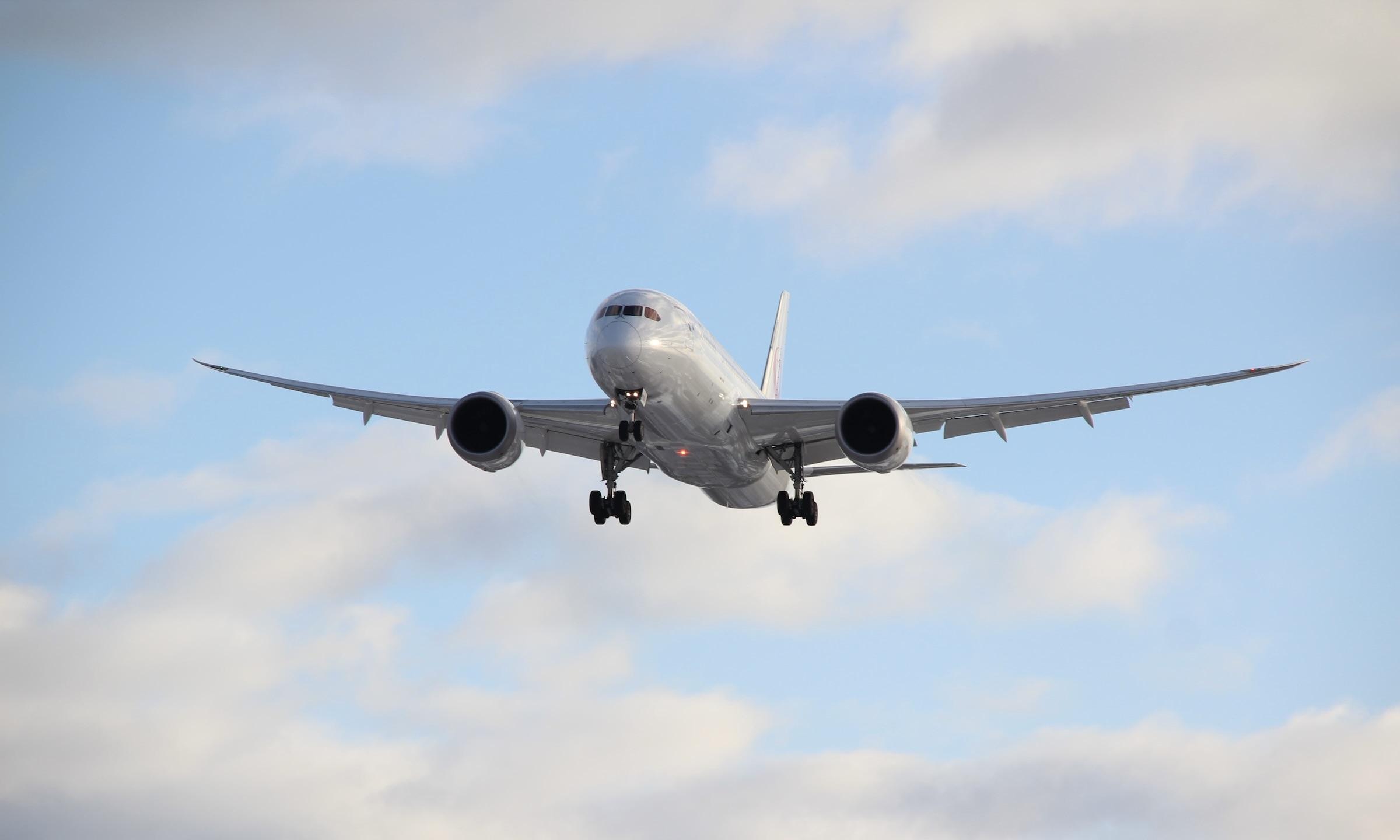The Korea Advanced Institute of Science and Technology (KAIST) has revealed Pibot, the world's first humanoid pilot robot capable of flying an aircraft independently. This groundbreaking development, led by Professor Shim Hyun Chul, signals a shift in autonomous technology, demonstrating the robot's ability to assess and react to real-time flight situations without pre-programmed commands.
Professor Shim Hyun Chul leads the group of scientists, and they recently demonstrated how the machine, which they named Pibot, operates. The team exhibited how the robot can fly an airplane independently through a cockpit simulator.
The researchers from KAIST did not adjust the simulator to accommodate what the robot can do because Pibot is already designed to operate an aircraft like a real human pilot who uses its limbs to run the machine.
Moreover, unlike regular robots that have been pre-programmed or instilled with repetitive commands for fixed tasks so they can function, Pibot works depending on the current situation. It is very different, and what sets it apart from the others is that it can assess the circumstances in and outside of the aircraft so it can act accordingly.
The robot can check out the situation in the cockpit through its many cameras. The lead researcher also told UPI News Korea that this is the key feature of Pibot - it does not have an automated system like autopilot, but it will act on the sport based on its present state.
"This is the world's first humanoid pilot and in some ways, it is more capable than human pilots because it can remember all the air routes like the Jeppesen Chart," Shim stated. "We had Pibot drive a car at a low speed and it did fine, and I also think it can be used to drive tanks and other armored vehicles without the vehicles' configurations having to be changed, inside or outside, to suit the robot."
Finally, Korea Bizwire further mentioned that Pibot can respond to emergencies, and it is even faster than human pilots. The robot understands what is happening in the aircraft, allowing it to manage the cockpit switches accurately.
Photo by: Artturi Jalli/Unsplash



 Amazon in Talks to Invest $10 Billion in OpenAI as AI Firm Eyes $1 Trillion IPO Valuation
Amazon in Talks to Invest $10 Billion in OpenAI as AI Firm Eyes $1 Trillion IPO Valuation  Nvidia Weighs Expanding H200 AI Chip Production as China Demand Surges
Nvidia Weighs Expanding H200 AI Chip Production as China Demand Surges  MetaX IPO Soars as China’s AI Chip Stocks Ignite Investor Frenzy
MetaX IPO Soars as China’s AI Chip Stocks Ignite Investor Frenzy  Maersk Vessel Successfully Transits Red Sea After Nearly Two Years Amid Ongoing Security Concerns
Maersk Vessel Successfully Transits Red Sea After Nearly Two Years Amid Ongoing Security Concerns  Moore Threads Stock Slides After Risk Warning Despite 600% Surge Since IPO
Moore Threads Stock Slides After Risk Warning Despite 600% Surge Since IPO  Intel’s Testing of China-Linked Chipmaking Tools Raises U.S. National Security Concerns
Intel’s Testing of China-Linked Chipmaking Tools Raises U.S. National Security Concerns  TikTok U.S. Deal Advances as ByteDance Signs Binding Joint Venture Agreement
TikTok U.S. Deal Advances as ByteDance Signs Binding Joint Venture Agreement  Trump Administration Reviews Nvidia H200 Chip Sales to China, Marking Major Shift in U.S. AI Export Policy
Trump Administration Reviews Nvidia H200 Chip Sales to China, Marking Major Shift in U.S. AI Export Policy  Oracle Stock Slides After Blue Owl Exit Report, Company Says Michigan Data Center Talks Remain on Track
Oracle Stock Slides After Blue Owl Exit Report, Company Says Michigan Data Center Talks Remain on Track  Biren Technology Targets Hong Kong IPO to Raise $300 Million Amid China’s AI Chip Push
Biren Technology Targets Hong Kong IPO to Raise $300 Million Amid China’s AI Chip Push  Robinhood Expands Sports Event Contracts With Player Performance Wagers
Robinhood Expands Sports Event Contracts With Player Performance Wagers  Instacart Stock Drops After FTC Probes AI-Based Price Discrimination Claims
Instacart Stock Drops After FTC Probes AI-Based Price Discrimination Claims  Oracle Stock Surges After Hours on TikTok Deal Optimism and OpenAI Fundraising Buzz
Oracle Stock Surges After Hours on TikTok Deal Optimism and OpenAI Fundraising Buzz  Volaris and Viva Agree to Merge, Creating Mexico’s Largest Low-Cost Airline Group
Volaris and Viva Agree to Merge, Creating Mexico’s Largest Low-Cost Airline Group  OpenAI Explores Massive Funding Round at $750 Billion Valuation
OpenAI Explores Massive Funding Round at $750 Billion Valuation  SpaceX Begins IPO Preparations as Wall Street Banks Line Up for Advisory Roles
SpaceX Begins IPO Preparations as Wall Street Banks Line Up for Advisory Roles  Micron Technology Forecasts Surge in Revenue and Earnings on AI-Driven Memory Demand
Micron Technology Forecasts Surge in Revenue and Earnings on AI-Driven Memory Demand 































